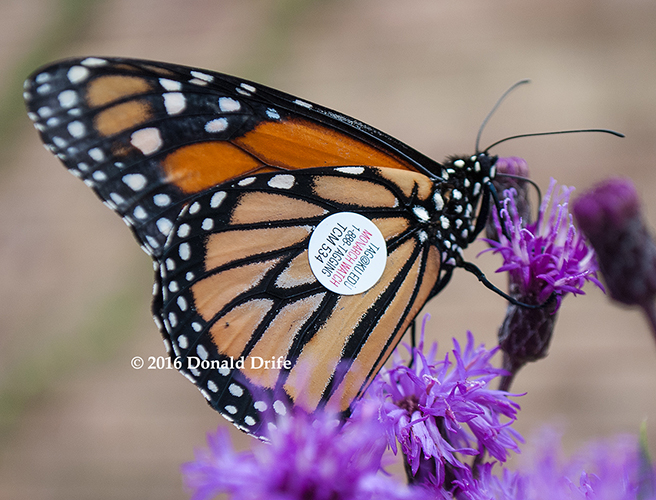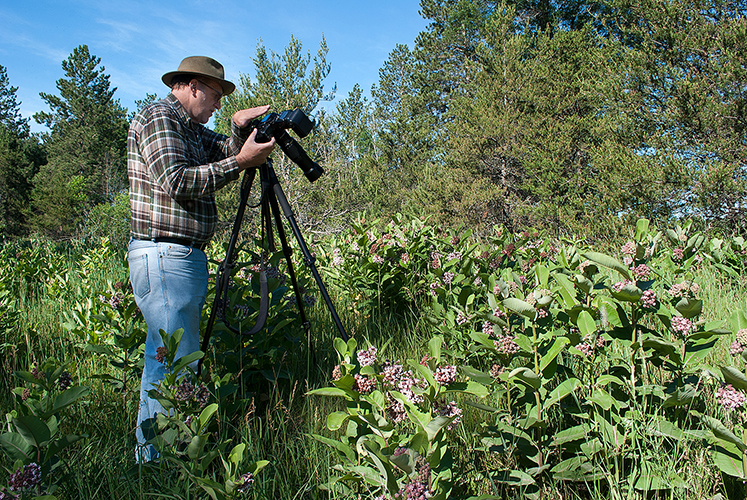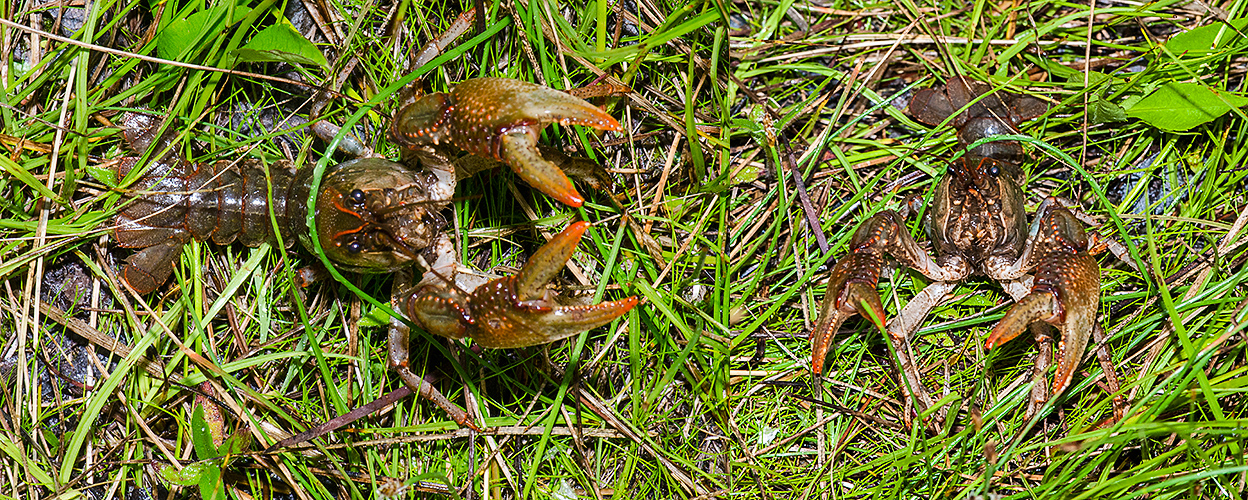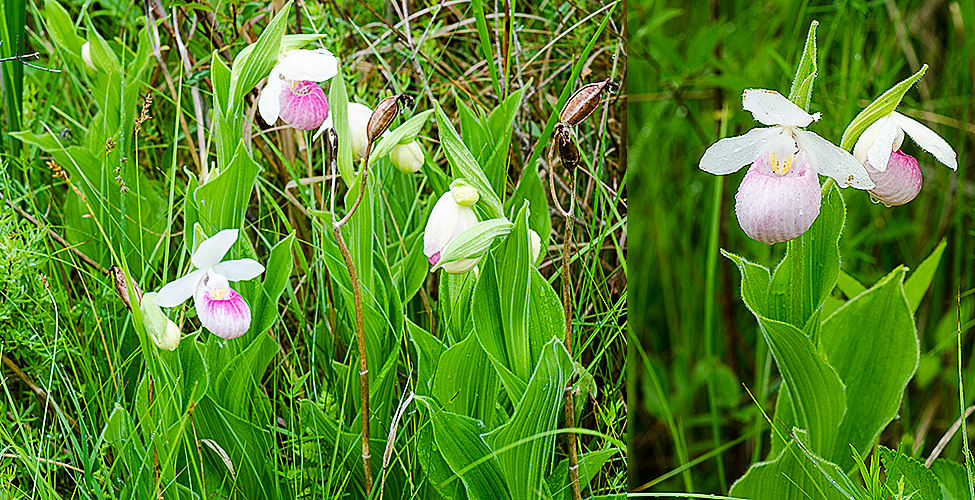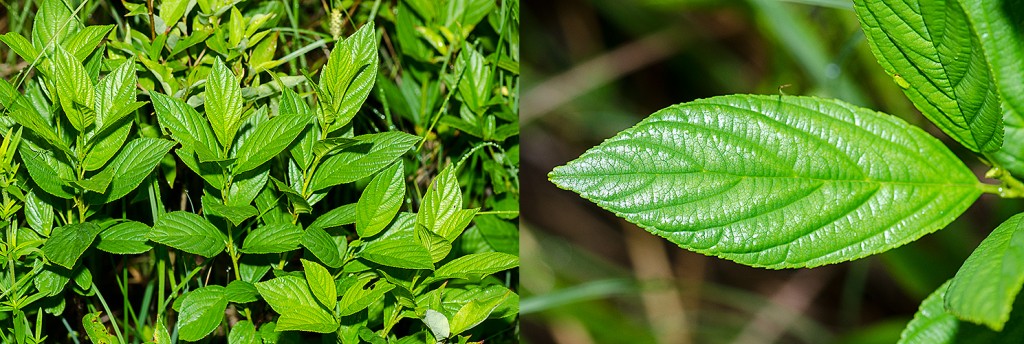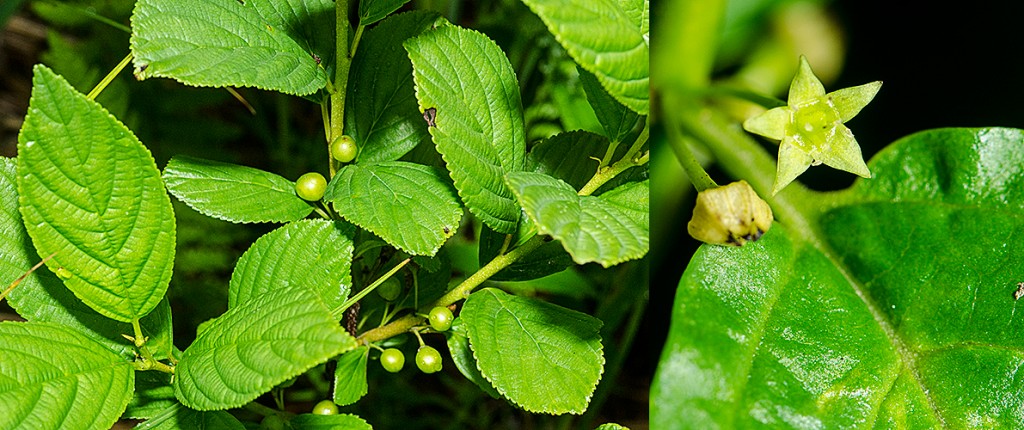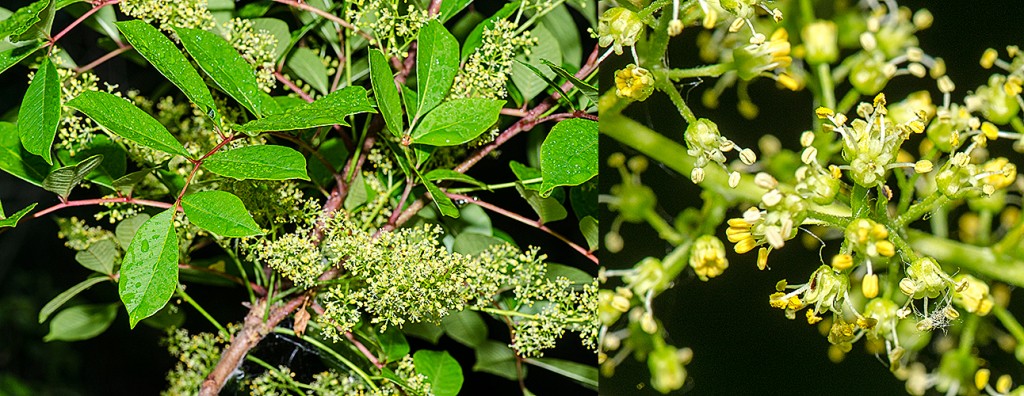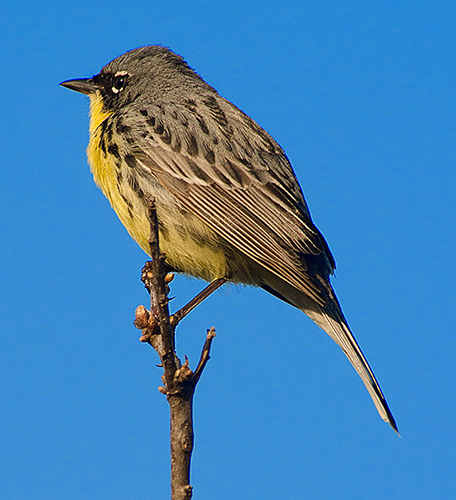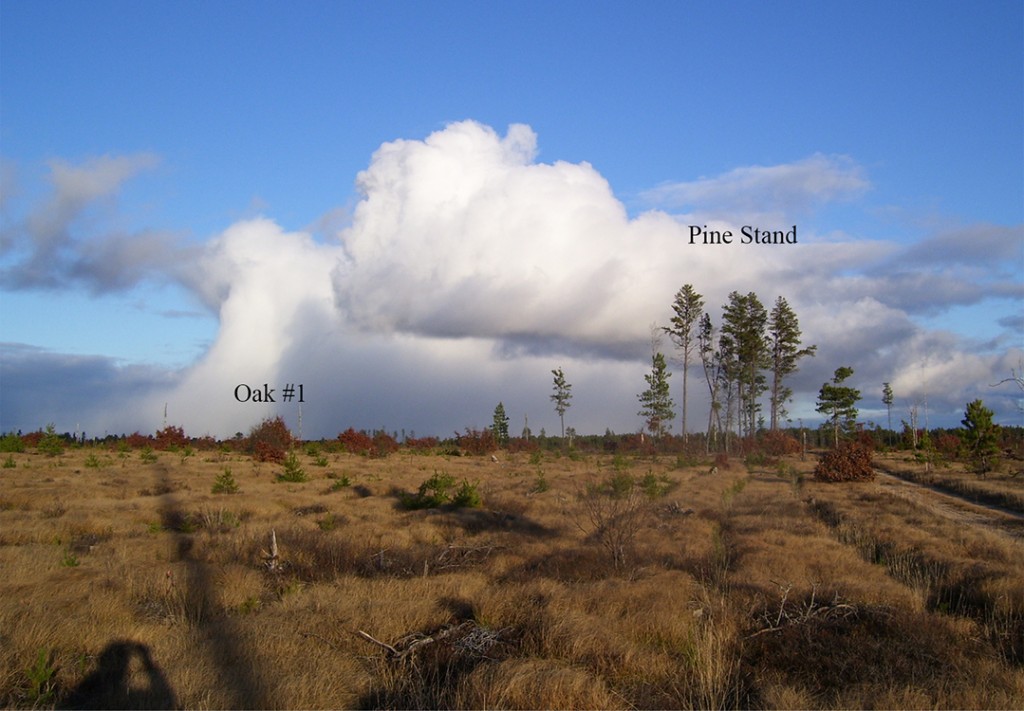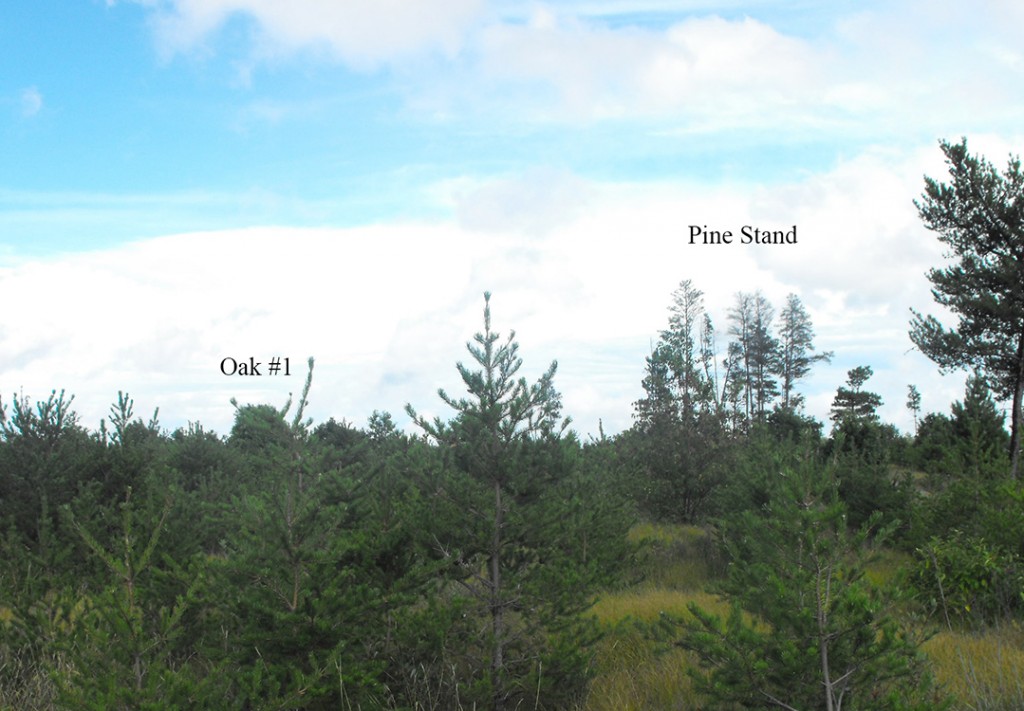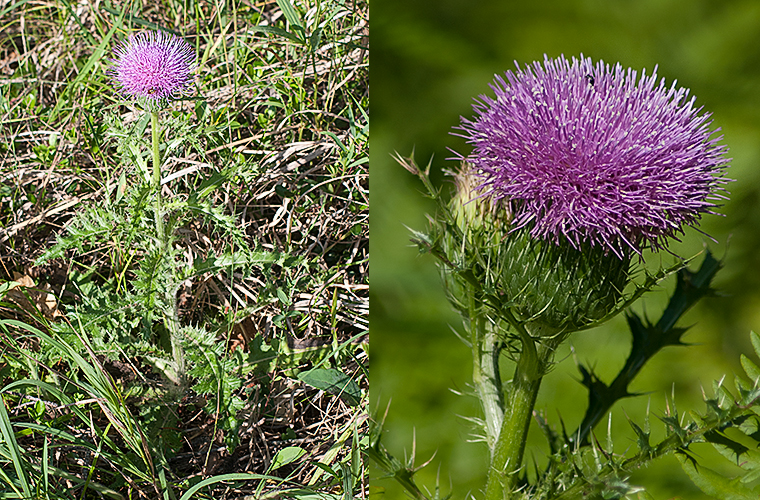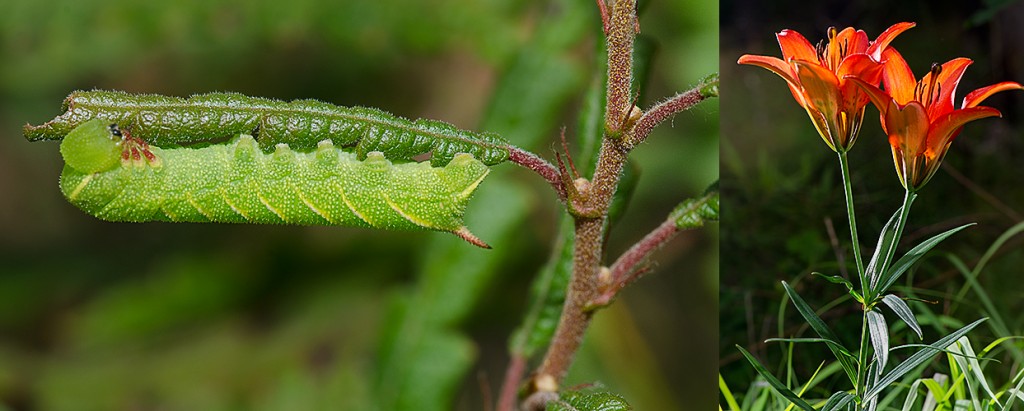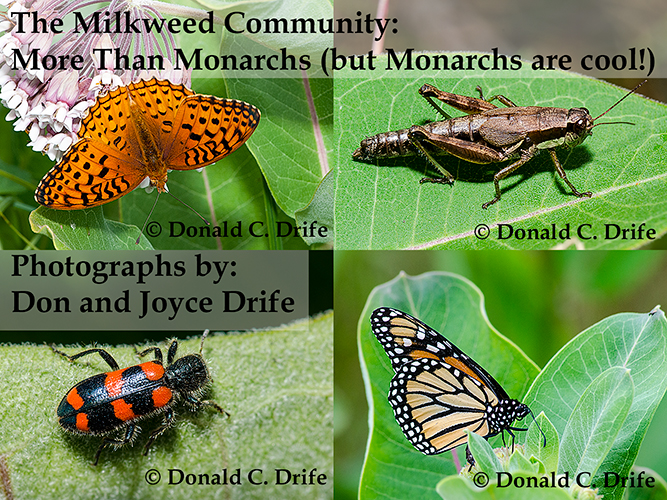
Milkweed Community Title Slide showing clockwise from upper left–Great Spangled Fritillary, Black-sided Pygmy Grasshopper, Monarch, Red-Blue Checkered Beetle
The Milkweed plant community is a fascinating place to just stand around in and watch what comes by. I have a talk “The Milkweed Community: More Than Monarchs (but Monarchs are cool!) on the many members of this community and the following are resources mentioned in that talk.
Websites about Monarch Butterflies
Monarch Watch has a helpful guide for identifying, and growing milkweeds. They also have information on Monarch conservation, biology, and different research projects including their Monarch tagging project.
The National Wildlife Federation’s Monarch Butterfly page is a good source of general Monarch information.
Monarch Joint Venture has general information including great life-cycle information.
“Monarchs (Danaus plexippus) and milkweeds (Asclepias species): The current situation and methods for propagating milkweeds” by Tara Luna and R. Kasten Dumroese. This publication explains the international program underway to conserve populations of Monarchs. It describes the migration of the butterfly and also has information on propagating Milkweed.
Monarch Butterfly Journey North has general information but also tracks the population size and migration of Monarchs
Websites for Identifying Members of the Milkweed Community
Bug Guide is a site for “Identification, Images, & Information For Insects, Spiders & Their Kin For the United States & Canada.” The Iowa State University Department of Entomology provides this great resource. This is the first site I look at when I identify an insect.
The Herbarium of the University of Michigan provides the Michigan Flora Homepage with keys, range maps and photos of all flowering plants and ferns known in the wild in Michigan.
This site is dedicated to the conservation and identification of Bumble Bees. They have helpful drawings of the color patterns of different Bumble Bee species.
Books for Identifying Members of the Milkweed Community
Brenda Dziedzic. 2019. Raising Butterflies in the Garden. Firefly Books.
Jason Gibbs, Ashley Bennett, Rufus Isaacs and Joy Landis. 2015. Bees of the Great Lakes Region and Wildflowers to Support Them: A guide for farmers, gardeners and landscapers. Michigan State University Extension Bulletin E3282. (An excellent and inexpensive guide to Michigan’s bees. My review can be found here.)
Jeffrey Hahn. 2009. Insects of the North Woods. Kollath+Stensaas. The entire North Woods series is excellent and useful for the entire state of Michigan. (see Larry Weber’s book cited below)
Mogens C. Nielsen. 1999. Michigan Butterflies & Skippers. Michigan State University Extension Bulletin E-2675.
Ba Rea, Karen Oberhauser and Michael A. Quinn. 2010. Milkweeds, Monarchs and More: A Field Guide to the Invertebrate Community in the Milkweed Patch (Second Edition). Bas Relief, LLC. This 80 page book is a great guide for the beginner and it would make a good student field guide for classroom use.
Larry Weber. 2013. Spiders of the North Woods. (Second Edition). Kollath+Stensaas.
Paul Williams, Robin Thorp, Leif Richardson and Sheila Colla. 2014. An Identification Guide: Bumble Bees of North America. Princeton University Press.
Copyright 2016 by Donald Drife
Webpage Michigan Nature Guy
Follow MichiganNatureGuy on Facebook

